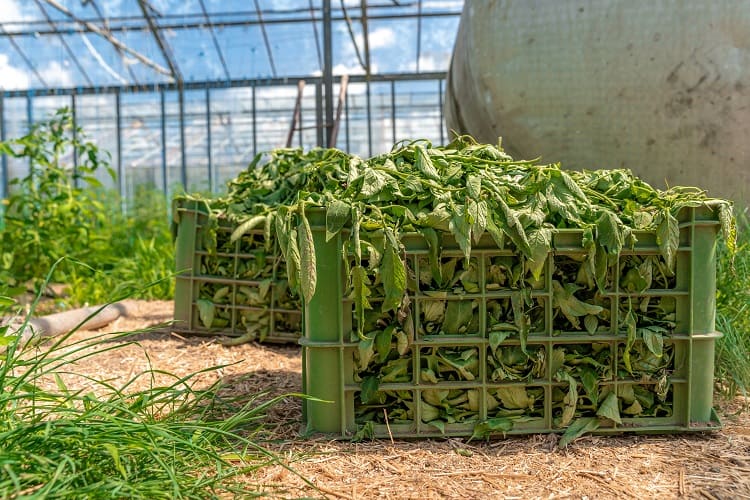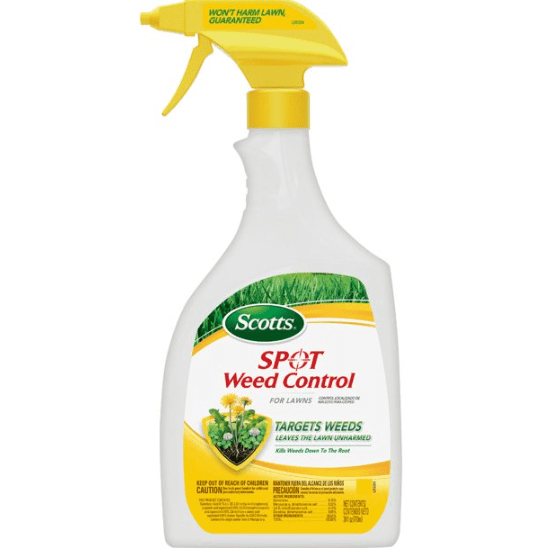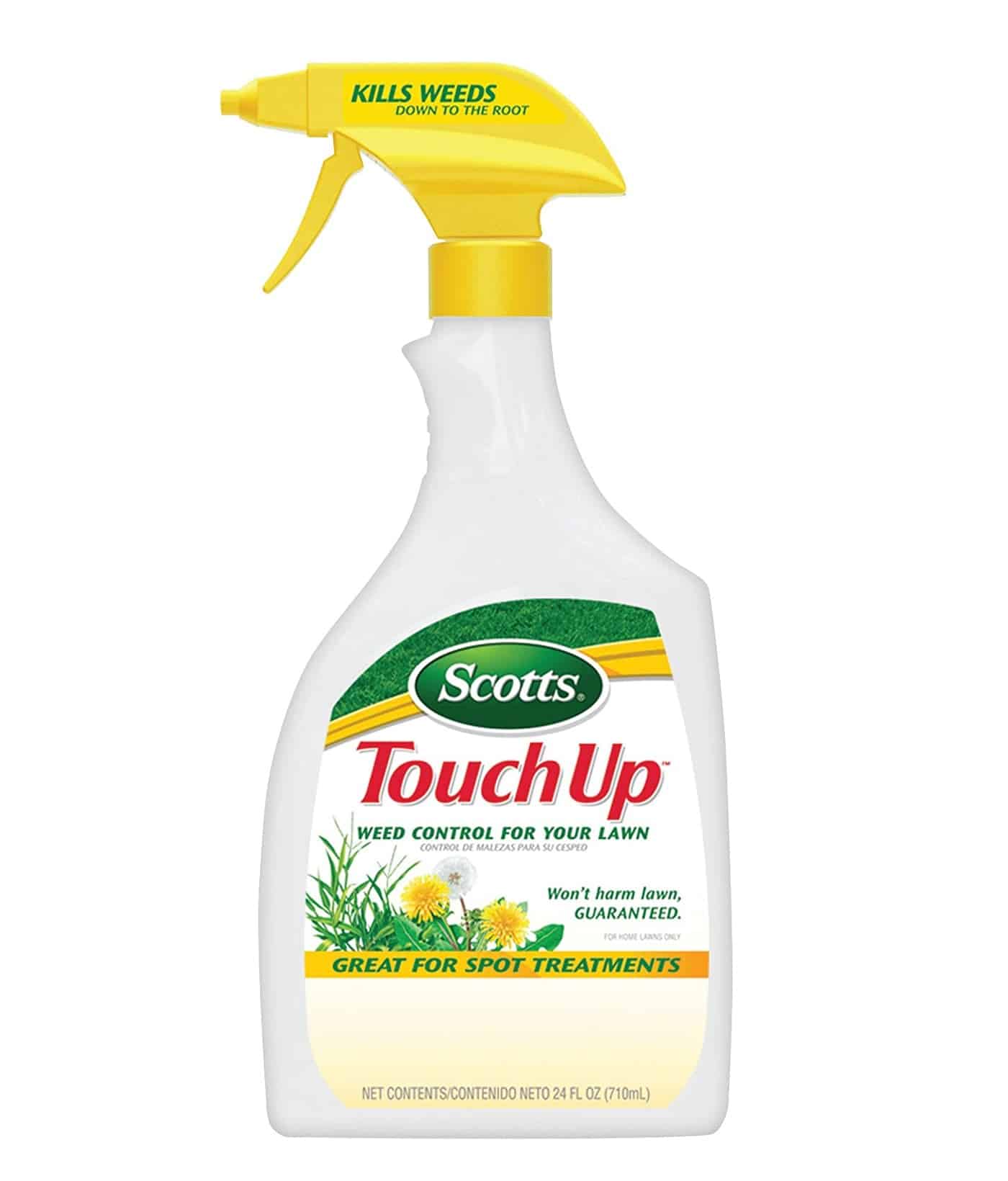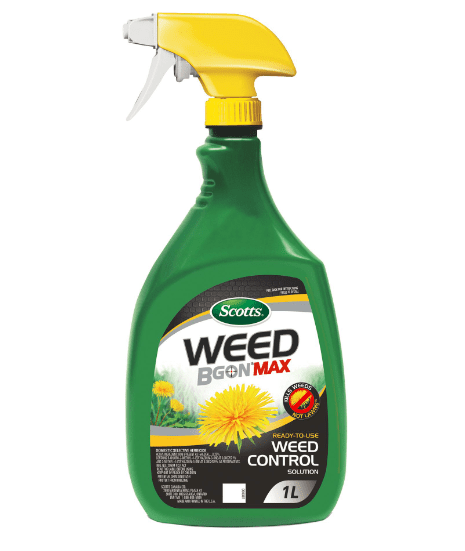Your perfect lawn has been invaded by some nasty crabgrass and if you’ve gone as far as to find this article, you probably have more than just one or two areas that need to be taken care of. In this article, we’ll cover ways to treat the crabgrass that is currently in your yard and then cover a number of ways to prevent it in the future.
Here’s a Quick Summary of How to Get Rid of Crabgrass
- If you spot them in early spring, pull them up while they’re young!
- If your yard is covered in the stuff, you might be better off just raking and reseeding your whole yard.
- Use a spot control weed killer past the spring season.
- Prevention is key.
- Use a pre-emergence herbicide in early spring.
- Mow at the appropriate height, or slightly higher in some cases.
- Deep water your lawn regularly.
- Quickly repair bare spots..
Pull It Up!
If you want to go with the most economical option, there’s no better back-breaker than bending down and getting those pesky weeds by hand or with a tool. If you choose to do this, be sure to have a compost bag nearby, as you will want to place the crabgrass in there to avoid spreading the seeds elsewhere in the yard.
How Do I Get Rid of a Lot of Crabgrass?
The exception to pulling them up by hand is if you have a lot of crabgrass. If a significant portion of your yard is covered in the stuff, you’re likely better off completely reseeding the area. Start by mowing the area as short as possible and use a collection bag to prevent the spread of more seeds.
If the crabgrass overhangs onto concrete or other unwanted areas, use a shovel to scrape it off and dispose of in a yard bag.
Using a hard tooth rake or a power rake, rake the cut area until thoroughly sifted. Lay a half-inch thick layer of compost over the area, using the back of the rake to even it out. Once the area is even, pass over the compost with a starter fertilizer. Then, depending on your area and climate, pass over the area with your ideal grass seed or mix. Use the rake to lightly mix the seed, fertilizer, and compost.
Water the area lightly 1-2 times a day. Once the grass starts to emerge, continue to water until it matches the rest of your yard, and then allow your regular watering schedule to take over. Follow the preventative measures described below to prevent crabgrass from coming back.
Use a Spot Control Weed Killer
Don’t feel like bending over? Only have a small area of crabgrass? Pick up a spot-control weed killer concentrate and a smaller pressure sprayer to treat weeds on the spot. While you can buy a premade mix, a concentrate only takes a second mix to mix up and won’t take up nearly the amount of space a giant jug would.
Does your yard have a huge mess of other weeds alongside crabgrass? Again, this might be a good time to redo the whole yard.
Spray when weeds are actively growing. For best results spray when daytime temperatures are above 45º Fahrenheit.
How to Prevent Crabgrass
Prevention is the key to any weeds. A rich, thick yard suffocates weeds before they become a problem. Thick, healthy grass doesn’t allow light to reach the surface where crabgrass and other weed seeds would flourish.
Some areas are more prone to crabgrass than others, and this is especially true if you have neighbors close by with crabgrass. One crabgrass plant can produce thousands of seeds that can spread to your lawn. This makes prevention even more important.
Use a Pre-Emergence Herbicide
The first step to prevention is spreading a pre-emergence herbicide. Crabgrass seeds stay dormant throughout the winter and then begin to germinate in the spring. Spreading a pre-emergent herbicide like the one offered by Scotts will keep those dormant seeds from growing.
Spread the herbicide in early to mid-spring. If the surrounding area has a lot of crabgrass, you may want to apply a little more herbicide than normal. Begin your regular mowing and watering schedule. If you’re unsure of what height you should be mowing your grass, see the chart below.
Early in the season if you think crabgrass could continue to be a problem, you may want to shoot for the higher end of those estimations or even a ¼” past. The taller grass will help to further shade the ground beneath and prevent sunlight from reaching any crabgrass seeds that were missed. After a few weeks, go back to your regular mowing height, careful not to remove more than 1/3” in any single cutting.
Deep Water Your Lawn
Have you ever seen pictures of how rice grows? Rice literally grows in pools of water, but that’s not the only way it can be grown. Rice can be grown above water just like any other plant, but farmers choose to grow it underwater because weeds can’t survive with that much water. To be fair, most other plants, like the grass in your yard couldn’t either.
The point of that comparison is you’ll want to engage in a practice called ‘deep-watering’. While some opt to frequently water their lawn in light amounts, watering your lawn less frequently, but with larger quantities of water will help to prevent crabgrass and other weeds. Deep watering will promote a deeper root system, making it stronger, and more resistant to drought.
Start by watering your lawn 3 times a week, year-round, for a total of about an inch to 1.5” per week. To measure how much you’ve watered, use an old tin can and mark an inch high on it or use an empty tuna can. When the can near the 1” mark or the top of the tuna can, you’ve watered about a full inch. With this in mind, aim to fill the can 1/3 to half an inch each time.
Fix Bare Spots Quickly
Crabgrass loves the dead spots in your lawn. A dry patch with direct sunlight is an ideal area for crabgrass to flourish. Maybe you missed an area with the sprinkler or the neighbor’s dog decided to use your yard, regardless you’ll need to purchase a repair kit.
If you use something like Scotts EZ Patch & Repair, all you need to do is use a hard rank to break the soil up, lay the seed, and water. In a couple of days, the grass will start to come back and crabgrass will be less likely to make its home there.
Routine Maintenance
Another quick tip is to do a quick inspection of your yard before you mow each time. Look for small crabgrass plants that may have still found a way to survive. Pull them up by their roots and throw them in a yard bag and into the trash.








